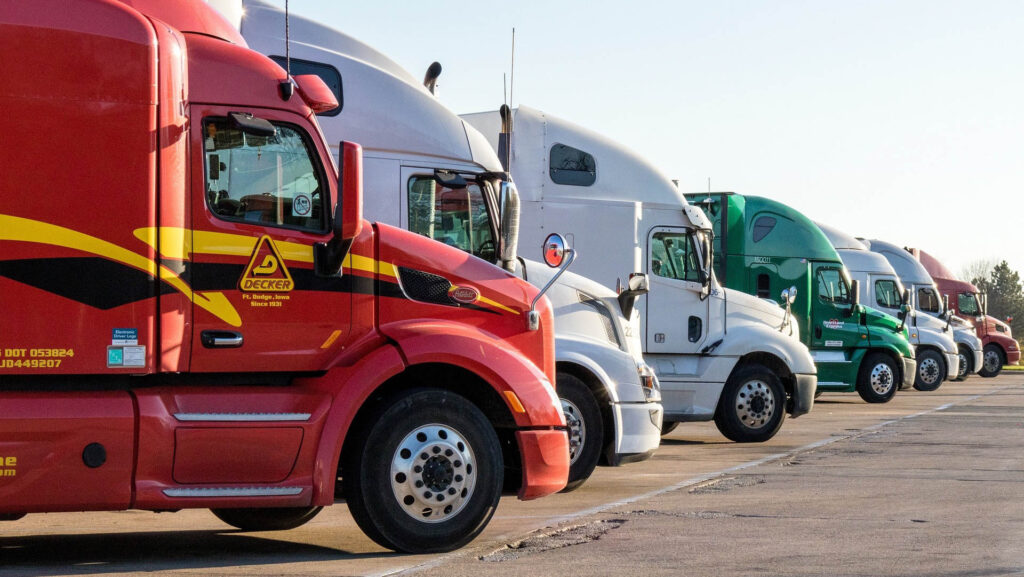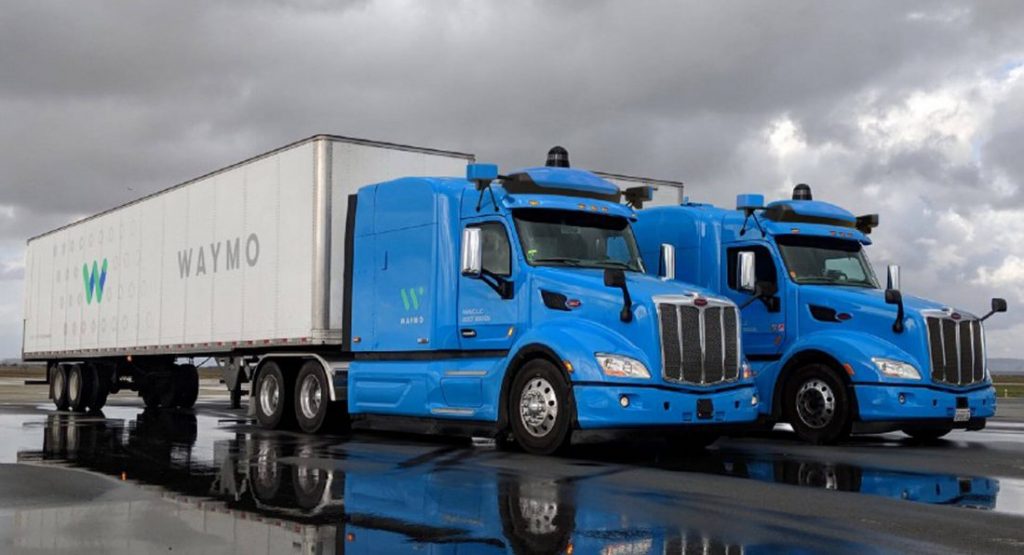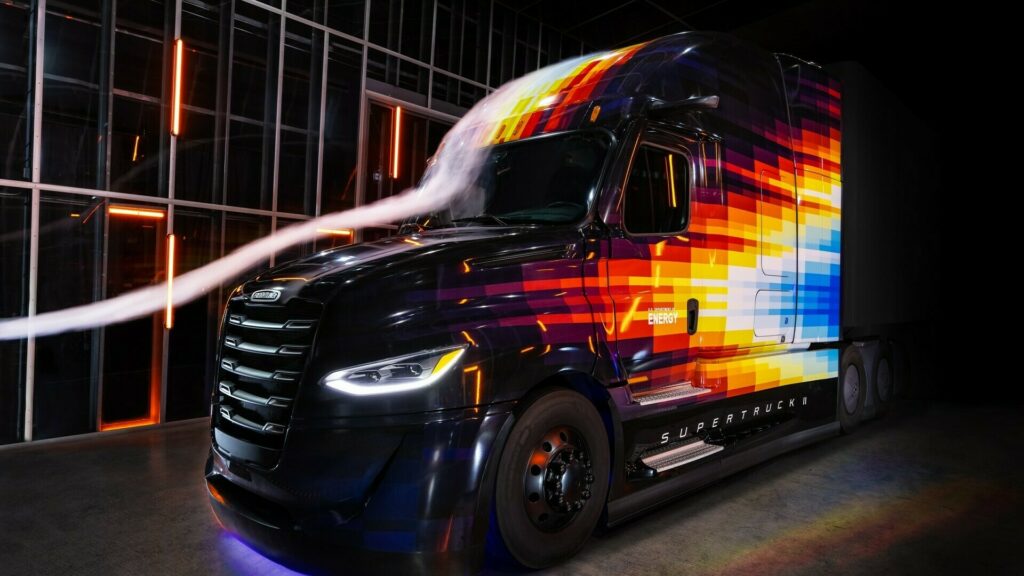The EPA’s new clean air standards for heavy-duty trucks are facing opposition from 34 Republican senators, who believe that the rules are too challenging to implement and will have negative impacts on small business owners and the supply chain.
The new standards are the first update of their kind in more than 20 years and stand to go into effect on March 27. The EPA says that the change will prove to be a net positive over time. The changes aim to cut smog and soot-forming emissions from heavy-duty trucks drastically, being 80% more stringent than the ones they’ll replace. Test procedures, regulatory useful life requirements, and emission-related warranties are all set to get tougher.
According to republican senator Deb Fischer (Nebraska), that’s simply too aggressive. She believes the rule will incentivize “operators to keep using older, higher-emitting trucks for longer.” Todd Spencer, president of the Owner-Operator Independent Drivers Association, confirmed that mindset telling Reuters that if small business truckers could not afford the new, compliant trucks they would stick with older, less efficient trucks or exit the industry entirely.
More: Ohio Drivers To Share Highway With Semi-Autonomous Big Rigs Next Month

On the other hand, the EPA says that the standards are focused on the long-term future health and wellness of the population. “It’s really important, especially for protecting the health of the 72 million people living near truck freight routes in America,” EPA Administrator Michael Regan
The administration says that the rules will result in $29 billion in annual benefits by 2024. It’ll accomplish that it says by reducing nitrous oxide (NOx) emissions by as much as 48% in that same year resulting in 2,900 fewer premature deaths annually and 1.1 million fewer lost school days for children.
Of all greenhouse gasses emitted by the USA, the transportation sector is the number one contributor (29%) while heavy-duty vehicles take the second spot with 23%. For now, there’s no indication that the argument against the EPA’s new clean air rules will end with any sort of policy change.





